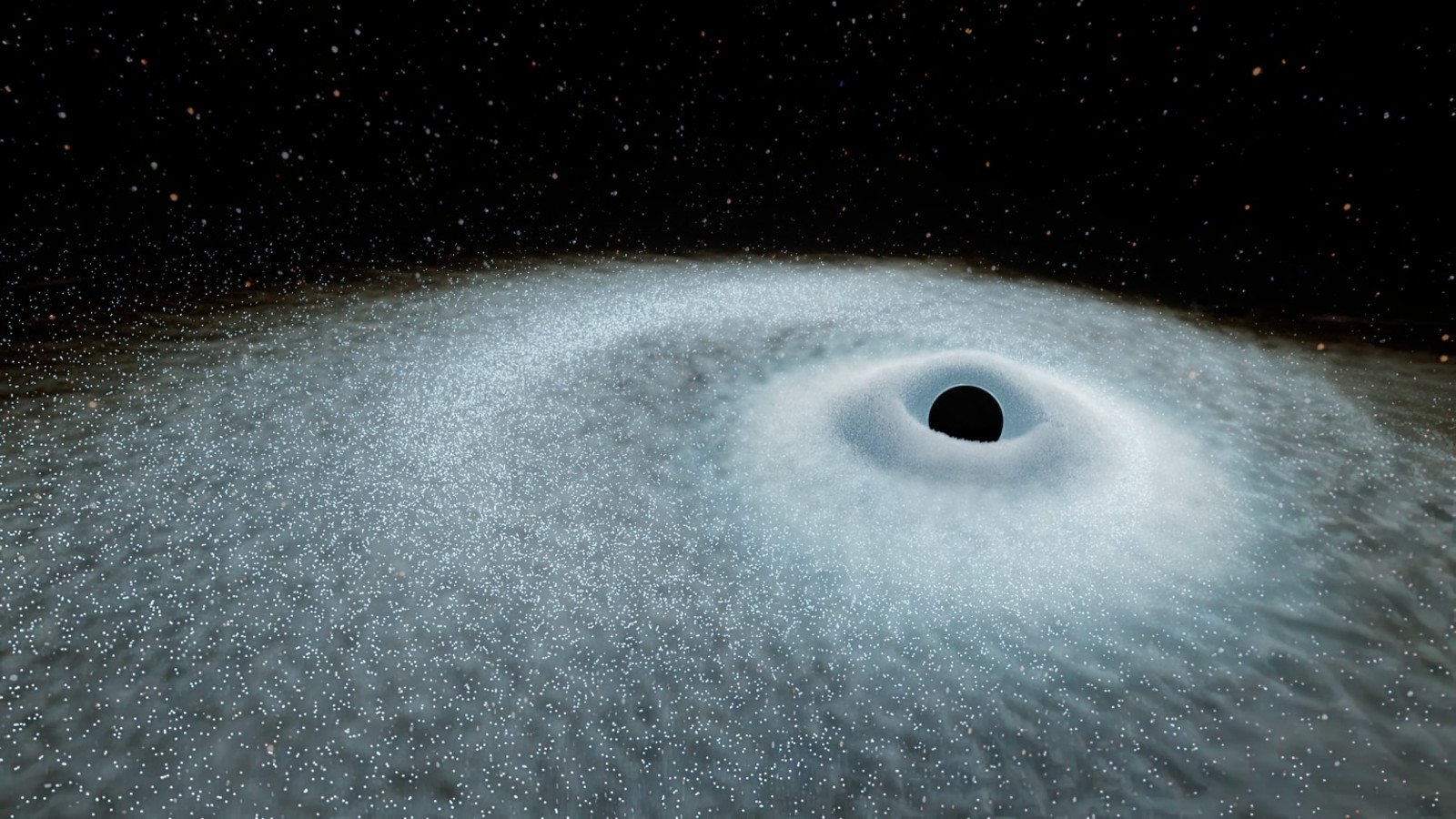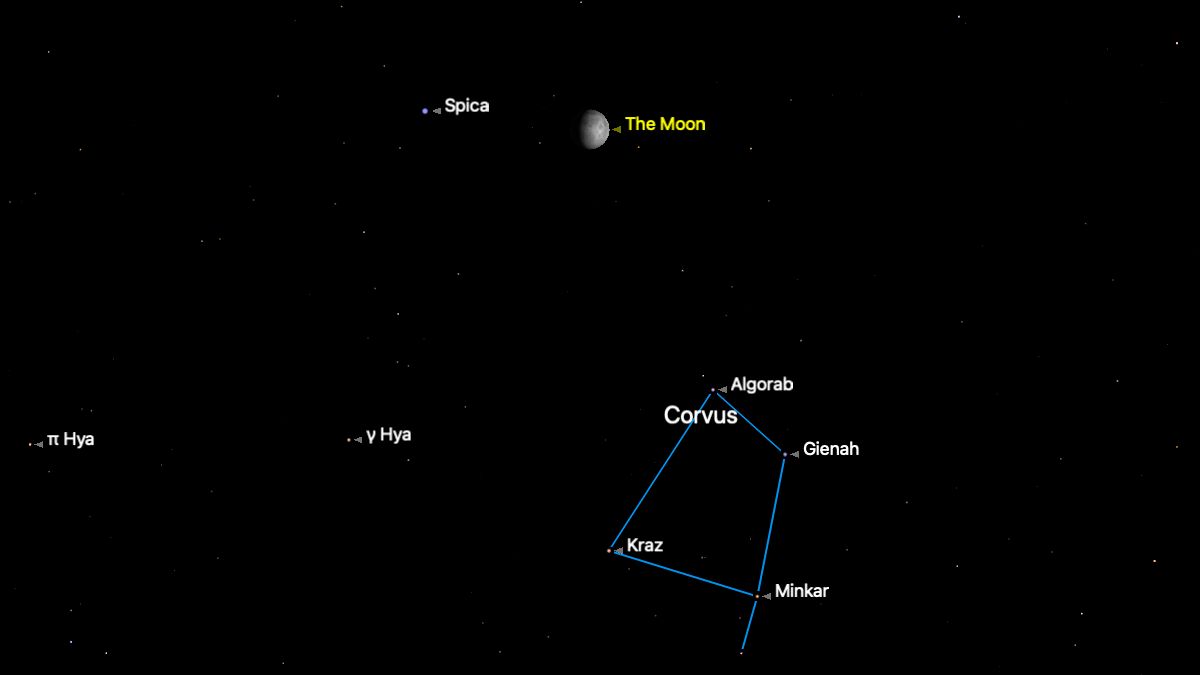Astronomers discover most powerful cosmic explosions since the Big Bang
"These ENTs are different beasts, reaching brightnesses nearly 10 times more than what we typically see."

Astronomers have discovered the most powerful cosmic explosions since the Big Bang, naming them "extreme nuclear transients."
These incredibly energetic explosions occur when stars with masses at least three times greater than that of the sun are torn apart by supermassive black holes. While such events have been witnessed before, astronomers say some of the ones recently discovered are powerful enough to be classified as a new phenomenon: extreme nuclear transients (ENTs).
"We've observed stars getting ripped apart as tidal disruption events for over a decade, but these ENTs are different beasts, reaching brightnesses nearly ten times more than what we typically see," said Jason Hinkle, a researcher at the University of Hawaii's Institute for Astronomy (IfA) who led a study on these events, in a statement. "When I saw these smooth, long-lived flares from the centers of distant galaxies, I knew we were looking at something unusual."
Hinkle discovered the existence of these ENTs while combing through data gathered on long-lasting flares originating from galactic centers. Two flares caught Hinkle's eye, recorded by the European Space Agency's Gaia spacecraft in 2016 and 2018, respectively.
A third event discovered in 2020 by the Zwicky Transient Facility (ZTF) appeared similar to the two phenomena discovered by Gaia, which gave researchers clues that these belonged to a new class of extreme cosmic explosions. That's because these events appeared to release far more energy than other known star explosions, or supernovas, and seemed to last much longer.
These explosions also differed from tidal disruption events (TDEs), which are massive releases of energy that occur when extreme gravitational forces around black holes rip stars apart, flinging much of their mass outward into space. But TDEs typically last only a matter of hours; the events studied by Hinkle and other researchers appeared to last much longer. "Not only are ENTs far brighter than normal tidal disruption events, but they remain luminous for years, far surpassing the energy output of even the brightest known supernova explosions," Hinkle said in the statement.
One of these ENTs, which astronomers have named Gaia18cdj, released over 25 times more energy than the most powerful supernova ever discovered, more than the amount of energy that would be released by 100 suns throughout their entire lifetime.
Get the Space.com Newsletter
Breaking space news, the latest updates on rocket launches, skywatching events and more!
Aside from being the most powerful known explosions in the universe, ENTs can help astronomers learn more about monster black holes in faraway galaxies. That's because the incredible brightness of these events means they can be seen across vast distances, according to IfA's Benjamin Shappee, who co-authored the study.
"By observing these prolonged flares, we gain insights into black hole growth when the universe was half its current age and galaxies were busy places — forming stars and feeding their supermassive black holes 10 times more vigorously than they do today," Shappee said in the statement.
A study on this discovery was published June 4 in the journal Science Advances.
Join our Space Forums to keep talking space on the latest missions, night sky and more! And if you have a news tip, correction or comment, let us know at: community@space.com.

Brett is curious about emerging aerospace technologies, alternative launch concepts, military space developments and uncrewed aircraft systems. Brett's work has appeared on Scientific American, The War Zone, Popular Science, the History Channel, Science Discovery and more. Brett has English degrees from Clemson University and the University of North Carolina at Charlotte. In his free time, Brett enjoys skywatching throughout the dark skies of the Appalachian mountains.
You must confirm your public display name before commenting
Please logout and then login again, you will then be prompted to enter your display name.
